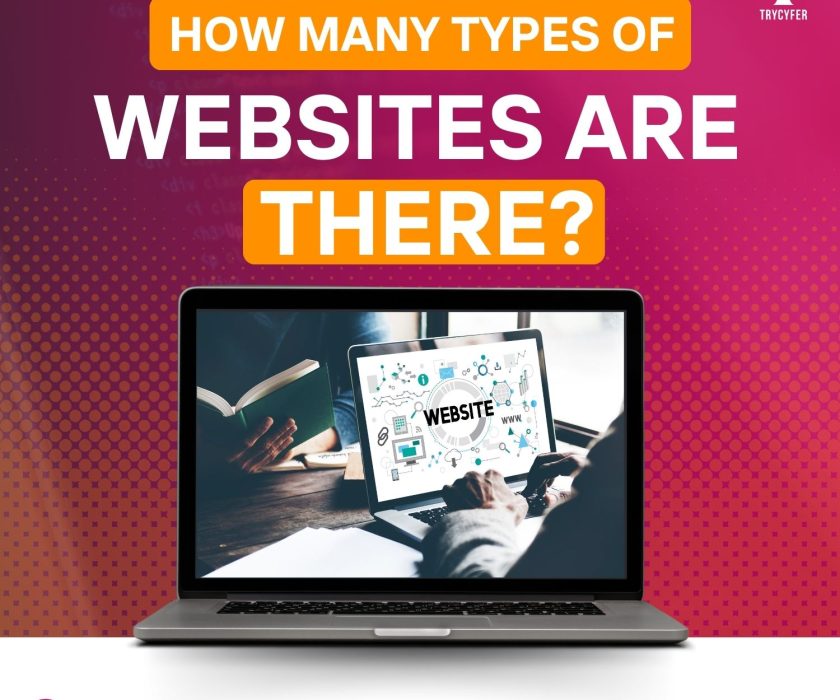How to Get a Business Website?

In today’s digital age, having a business website is necessary for establishing an online presence, attracting customers, and growing your brand. Creating a website can seem daunting whether you’re a startup or an established company. This guide will explore the steps to get a business website up and running.
1. Define Your Website’s Purpose
Before getting into the technical aspects, it’s important to understand what you want to achieve with your website. Defining your website’s purpose is a foundational step that influences every other aspect of the website development process.
Ask yourself:
- What do you want to achieve with your website?
- Who is your target audience?
- What kind of content will you provide?
Common purposes include:
- Selling products (e-commerce).
- Providing information about services.
- Building an online community.
- Showcasing a portfolio.
2. Domain Name
The domain name is the address of your website on the internet and is a critical component of your brand identity. Here’s how to choose and register the right domain name for your business:
- Short and Memorable: Easy to spell and remember.
- Relevant: Reflect on your business name or the services you offer.
- Unique: Not too similar to other domain names to avoid confusion.
You can check if your desirable domain name is available or not through domain registrars like GoDaddy, Namecheap, or Google Domains.
3. Select a Web Hosting Provider
The selection of the right web hosting provider is important for ensuring that your website is accessible, fast, and secure. Here’s how to select the best web hosting provider for your business:
- Shared Hosting: Cost-effective, suitable for small businesses and personal websites.
- VPS Hosting: Offers more resources and control, which is ideal for growing businesses.
- Dedicated Hosting: Provides the most resources and control, ideal for large websites with high traffic.
- Cloud Hosting: Scalable and flexible, great for companies with varying traffic levels.
Popular web hosting providers include Bluehost, HostGator, SiteGround, and AWS.
4. Choose a Website Builder or CMS

Once your domain name and hosting provider has been sorted out, the next step is to choose a website builder or Content Management System (CMS) to create and manage your website. This decision is critical as it affects your website’s ease of use, functionality, and flexibility.
- Website Builders: User-friendly tools like Wix, Squarespace, and Weebly. Ideal for beginners with no coding experience.
- CMS Platforms: Flexible and powerful platforms like WordPress, Joomla, and Drupal. It is suitable for users with some technical knowledge or who want more customization.
5. Design Your Website
Once you’ve chosen your platform, it’s time to design your website. Focus on creating a user-friendly, visually appealing site that represents your brand. Use high-quality images, clear navigation, and consistent branding elements to make a positive impression on your visitors.
- Responsive Design: Assure that your website looks good on all devices (desktops, tablets, smartphones).
- Navigation: Easy-to-use navigation menus to help visitors find information quickly.
- Branding: Consistent use of your logo, colours, and fonts to strengthen your brand identity.
- Content: High-impact content that provides value to your visitors, including text, images, videos, and other media.
6. Website Development
If you are using a website builder or CMS, many design aspects are handled through templates and plugins. However, you might need to hire a web developer for more custom functionality. Key elements to develop include:
- Homepage: The first impression of your business, highlighting critical information and calls to action.
- About Page: Information about your company, mission, and team.
- Products/Services Page: Detailed descriptions of what you offer.
- Contact Page: Contact form, phone number, email address, and physical address if applicable.
- Blog: Regularly updated content to engage visitors and improve SEO.
7. Optimize for Search Engines (SEO)
Search Engine Optimization (SEO) is important for the successful ranking and bringing organic traffic to any website. By optimizing your website for search engines, its visibility in search engines can be improved, attract more organic traffic, and ultimately grow your business. Here’s how to optimize your website for SEO:
- Keyword Research: Identify and use relevant keywords throughout your content.
- On-Page SEO: Optimize title tags, meta descriptions, headers, and images.
- Content Creation: Produce high-quality, informative content regularly.
- Backlinks: Obtain links from reputable and high authority websites to improve your site’s authority.
Learn which SEO approach is ideal for your needs in our blog post.
8. Testing Phase and Launch of Website
After designing your website, proceed with the testing phase. Ensure all functionalities work correctly, test the site on different devices and browsers, and make necessary adjustments. Once everything is in place, launch your website and promote it through various channels to attract visitors.
- Broken Links: Ensure all links navigate to the correct pages.
- Functionality: Test forms, buttons, and other interactive elements.
- Performance: Check website speed and responsiveness.
- Cross-Browser Compatibility: Ensure your website works on all major browsers.
Once testing is complete, publish your website by pointing your domain to your web hosting server.
9. Promote Your Website
Once your website is up and running, it’s time to promote it to attract visitors and potential clients. Effective promotion strategies can drive traffic, increase brand awareness, and generate leads. Here are some ways to promote your website:
- Social Media Marketing: Share your website on social media platforms.
- Email Marketing: Send newsletters and promotional emails.
- Paid Advertising: Use Google Ads, social media ads, and other paid campaigns.
- Content Marketing: Create and share high value content to draw in visitors.
10. Maintain and Update Your Website
A business website is not a one-time project but an ongoing endeavour. Regular maintenance and updates are important to keep your website running smoothly, secure, and relevant. Here’s how to maintain and update your website effectively.
- Software Updates: Keep your CMS, plugins, and themes current.
- Content Updates: Regularly add new content and update existing information.
- Security: Implement security measures like SSL certificates, firewalls, and regular backups
Conclusion
Creating a business website involves several steps, from defining your website’s purpose to maintaining and promoting it. You can create a strong online occurrence that attracts and engages customers, helping your business grow and succeed in the digital landscape. Whether you choose a website builder for ease or a CMS for flexibility, the key is to create a user-friendly, optimized, and visually appealing website that effectively represents your brand.
Helpful Blog Posts for Selecting or Creating Your Business Website
- Understanding Domain Name Management for Your Website
- Key Considerations for Effective Website Planning
- Average Costs of Website Development: What to Expect











